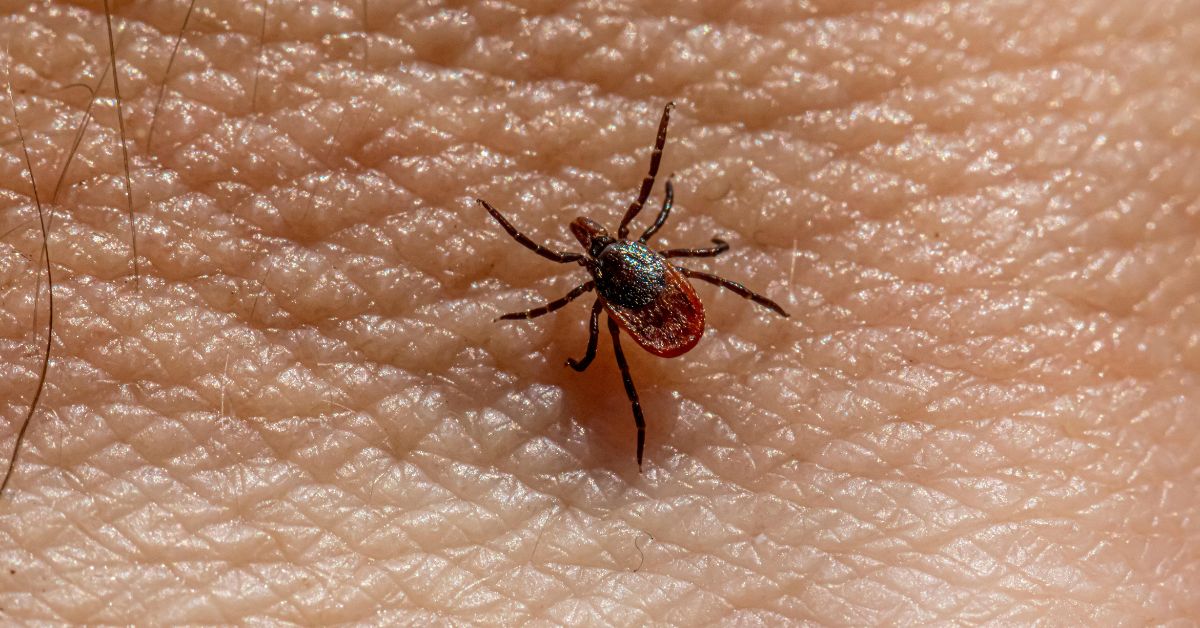- 1 (888) 843-5832
- info@dnaconnexions.com

One Tick, Many Infections: Understanding Lyme Disease Co-Infections & Why They Matter
When people think of Lyme Disease, they often picture a single infection caused by the bite of a black-legged tick (also known as the deer tick). While Borrelia burgdorferi—the bacteria that causes Lyme Disease—is the most well-known, it’s not the only pathogen these ticks can transmit, it is other bacteria and parasites too! Source
In fact, ticks often carry multiple disease-causing organisms, meaning that individuals bitten by an infected tick may contract more than just Lyme Disease. These are called co-infections, and they play a crucial role in both diagnosis and treatment.
What Are Co-Infections?
Co-infections are additional infections transmitted by the same tick that gave you Lyme disease. The most common tick-borne co-infections in North America include:
Why Are Co-Infections Important?
Co-infections Complicate Diagnosis
Many of these co-infections cause vague and overlapping symptoms such as fatigue, fever, joint pain, and neurological disturbances. This makes it difficult to identify the specific causative organism and patients may receive ineffective treatment.
Co-infections Worsen Symptoms and Delay Recovery
Patients with one or more co-infections often experience more severe and persistent symptoms than those with Lyme Disease alone. Co-infections can weaken the immune system and prolong recovery if not addressed properly.
Co-infections Require Different Treatments
Lyme Disease is typically treated with antibiotics like doxycycline, but co-infections such as Babesia require antiparasitic medications, and Bartonella may need long-term combinational therapy. Without treating all the infections present, the patient may not improve—or may even get worse.
Co-infections Influence Testing Accuracy
Standard Lyme disease tests are already known to produce false negatives, especially in the early stages. Co-infections can further suppress the immune response, making antibody-based tests even less reliable. This is why many patients benefit from advanced or specialty lab testing.
Final Thoughts
Co-infections are NOT RARE—they are a key piece of the puzzle when it comes to identifying and effectively treating tick-borne illness. Ignoring co-infections can lead to misdiagnosis, prolonged suffering, and incomplete recovery. By recognizing the role of co-infections and pursuing comprehensive care, patients and practitioners alike can better navigate the challenges of Lyme Disease and improve outcomes.
If you or a loved one are struggling with Lyme Disease, consider discussing DNA PCR testing with a Lyme-literate healthcare provider. Your path to healing may begin with the right test. One highly accessible and reliable option is the DNA ConneXions Lyme Disease Test, which uses a non-invasive urine sample to detect multiple Borrelia species with high specificity. This test is available for direct order and can be done from the comfort of your home. Take control of your health—consider the DNA ConneXions test as your next step toward clarity and healing.